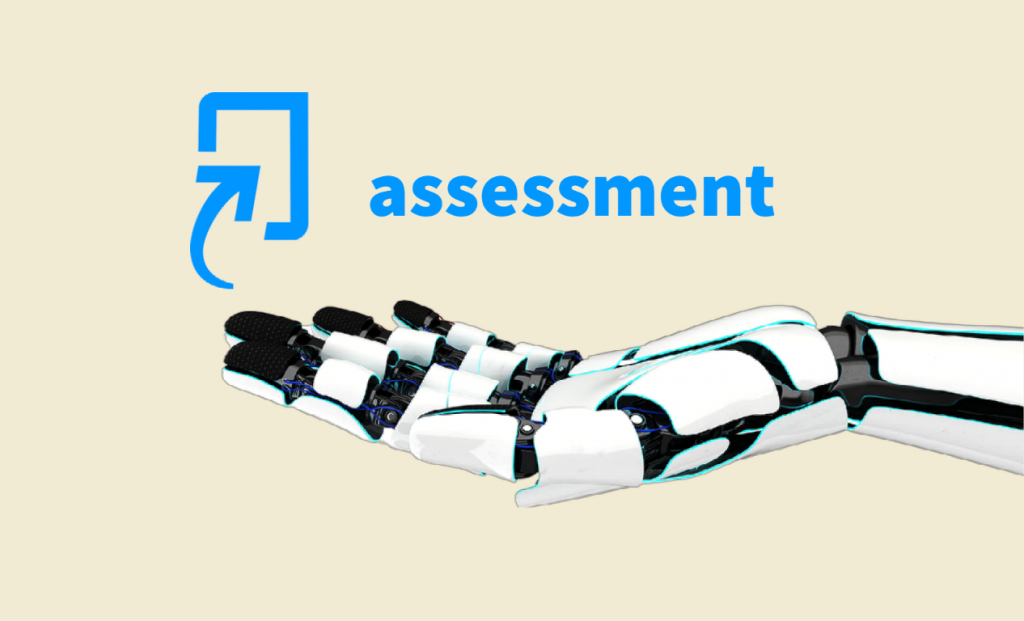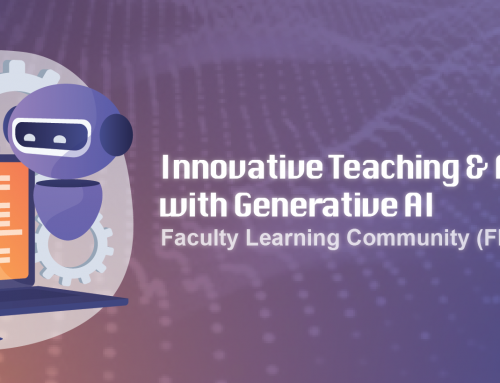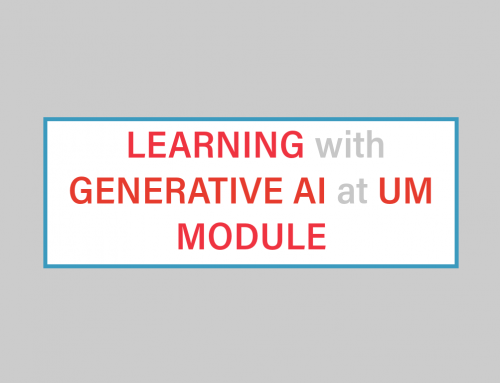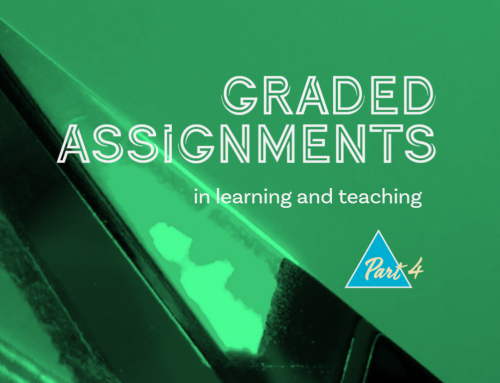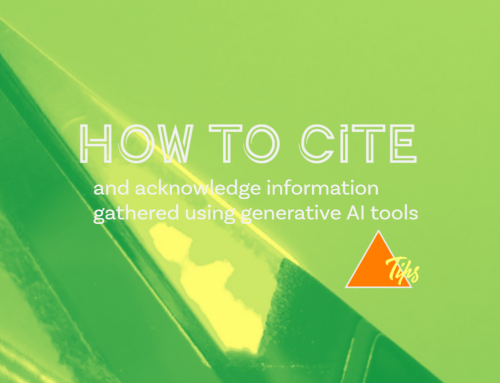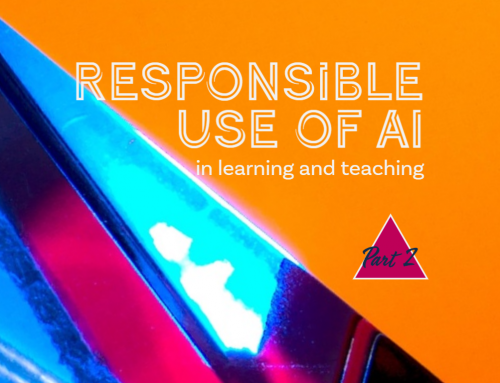Project Description
Written by a human being – Integrating AI technologies in teaching, learning and assessment, Part 3
By Katrine Wong
Assessment Design
In Part 2 of this series, I wrote about a few strategies through which faculty members can provide opportunities for our students to develop reasoning and problem-solving skills and suggested a few questions that our students can actively consider when it comes to using generative AI technology. These strategies can help students begin to become responsible users of generative AI tools and understand the strengths and limitations of different generative AI tools.
One question shared by teachers in higher education is how we can, in this age of generative AI, ‘adapt [our] assessment methods and design appropriate assessment tasks accordingly’, whilst maintaining academic integrity (Dai, Liu & Lim, 2023). At a recent meeting with CTLE Advisors, we exchanged ideas on incorporating generative AI technology when we design learning activities. Although generative AI tools such as ChatGPT are known to fabricate false information, they can be productivity enhancing tools (Dwivedi, Y. K., et al., 2023) and can support and promote student learning in various ways:
- Students can use such tools for concept checking. In this case, generative AI (when providing correct information) can function as personal tutors.
- Students can use such tools for editing their sentences. In this case generative AI can be an alternative of writing tools such as Grammarly.
- Students should actively exercise their analytical and critical thinking skills when they encounter AI-generated content (AIGC).
While some instructors may continue to opt for more straightforward assessment methods such as in-class quizzes when they want to measure how well students can retrieve information and identify basic ideas and concepts, building upon point 3, here are a few practical tips for when we design assessments which measure students’ higher-order cognitive skills, with or without incorporating generative AI tools:
- Design case-study tasks that require students to apply the concepts they have learnt in the course.
- Set discussion questions that call upon application of individual contexts. For example: ‘Discuss this topic with reference to your own, local environment/circumstance.’
- Require submission of an outline, research notes, draft(s) and final version.
- Create opportunities for students to use generative AI tools and ask them to also provide their prompts (i.e. questions) and demonstrate, using track-changes and/or comments, what changes they have made to correct or enhance the AIGC and why they have made such changes.
- Supplement essay writing with Q&A, which allows students to explain their thought process or reasoning behind their ideas and arguments.
- (credits to CTLE Advisors) Students can be allowed to bring with them a set number of pages of hand-written ‘cheat sheets’ at an in-class test or examination. Our colleagues have reportedly seen annotated, colour-coded crib sheets in their classrooms, which indicates that students are making connections when working with their learning materials.
Whatever we choose to do when designing and redesigning our assessment methods, let us all, in the words of our former Principal Advisor Prof. Wang Chuang, Dean of FED (2019-2023), ‘remember our teaching philosophy’ and adapt to the new landscape brought about by the age of AI.
We would love to hear from you about your best teaching practices with generative AI. If you have a teaching practice that you think would be helpful to others, please share it with us by sending an email to ctle@um.edu.mo.
References and further readings:
Baidoo-Anu, D., & Owusu Ansah, L. (2023). Education in the era of generative artificial intelligence (AI): Understanding the potential benefits of ChatGPT in promoting teaching and learning. SSRN, http://dx.doi.org/10.2139/ssrn.4337484
College of Saint Benedict and Saint John’s University – Library, Generative AI in Higher Ed
Dai, Y., Liu, A., & Lim, C. P. (2023). Reconceptualizing ChatGPT and generative AI as a student-driven innovation in higher education, edarxiv
Dwivedi, Y. K., et al. (2023). “So what if ChatGPT wrote it?” Multidisciplinary perspectives on opportunities, challenges and implications of generative conversational AI for research, practice and policy. International Journal of Information Management, 71, 102642.
Deakin University, Research and other AI related information, Using generative AI
Mollick, E. R., & Mollick, L. (2022). New Modes of Learning Enabled by AI Chatbots: Three Methods and Assignments. SSRN, http://dx.doi.org/10.2139/ssrn.4300783

